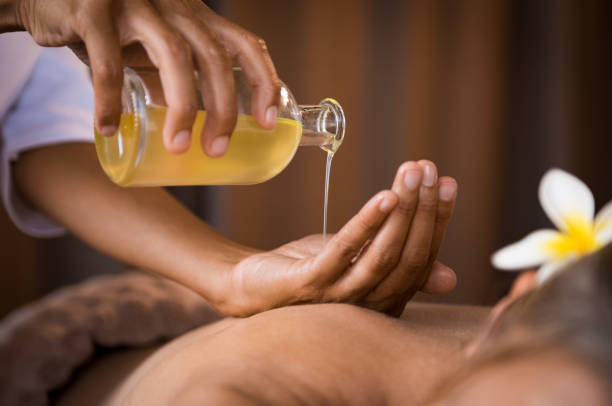Reviving Ancient Ayurvedic Practices: A Comprehensive Look into Oil Pulling
Oil pulling, an ancient Ayurvedic practice that has been around for over 5,000 years, is experiencing a resurgence in popularity. This oral healthcare routine, which involves swishing oil around in your mouth, is said to offer a host of benefits. But what does modern science have to say about it?

Oil Pulling: A Historical Perspective
Oil pulling originates from India’s traditional holistic health system, Ayurveda. In Sanskrit, “Ayur” means life, and “Veda” means science or knowledge. Thus, Ayurveda is the science of life. It emphasizes the holistic balance of mind, body, and spirit to maintain overall health. Oil pulling, known as “kavala” or “gundusha,” is part of Ayurveda’s daily regimen for detoxification and rejuvenation.
This practice involves swishing a tablespoon of oil in your mouth, typically upon waking, for 15 to 20 minutes before spitting it out. Traditionally, sesame oil or sunflower oil was used. However, in recent years, coconut oil has gained popularity due to its antimicrobial properties.
The Science Behind Oil Pulling
Modern scientific studies have started to corroborate the benefits that Ayurveda has claimed for centuries. Research shows that oil pulling can improve oral health by reducing the bacteria responsible for tooth decay and gum disease. The oil’s fatty acids reportedly attract and trap these harmful microorganisms, effectively “pulling” them out of the mouth.
Moreover, experts suggest that oil pulling may help reduce inflammation and support overall health. By removing oral bacteria, you could prevent them from entering the bloodstream and causing systemic inflammation. Consequently, oil pulling might be a useful adjunct to traditional oral hygiene practices like brushing and flossing.
The Rise of Oil Pulling in the Beauty and Fitness Industry
The beauty and fitness industry is always on the lookout for natural, effective solutions that can enhance wellness. Oil pulling has gained traction in this space due to its promising benefits. Celebrities and influencers have endorsed this practice, further boosting its popularity.
The market has seen an influx of products designed to make oil pulling more accessible and enjoyable. Flavored oils, convenient oil pulling sachets, and even oil pulling-specific toothpastes have emerged. These innovations signify oil pulling’s shift from an obscure Ayurvedic practice to a mainstream wellness trend.
Critiques and Considerations
While oil pulling has many proponents, it also has its share of skeptics. Some dental professionals caution that while oil pulling is not harmful, it should not replace regular brushing and flossing or professional dental care.
Furthermore, some individuals might find the practice of swishing oil in their mouth for up to 20 minutes unpleasant or difficult. As with any wellness practice, it’s crucial to listen to your body and adapt routines to suit your needs and comfort.
The Future of Oil Pulling
As we continue to seek out natural, holistic health solutions, practices like oil pulling will likely remain in the spotlight. Its potential benefits, coupled with its simplicity and the recent innovations, make it an appealing addition to many people’s wellness routines.
However, as with any health trend, it’s vital to approach it with a balanced perspective. Research into oil pulling is still ongoing, and while early results are promising, it should not replace professional healthcare advice.
In conclusion, oil pulling is a fascinating example of an ancient practice revived in the modern wellness scene. It serves as a reminder that sometimes, the best health solutions can be the simplest ones, rooted in traditions that have stood the test of time.





